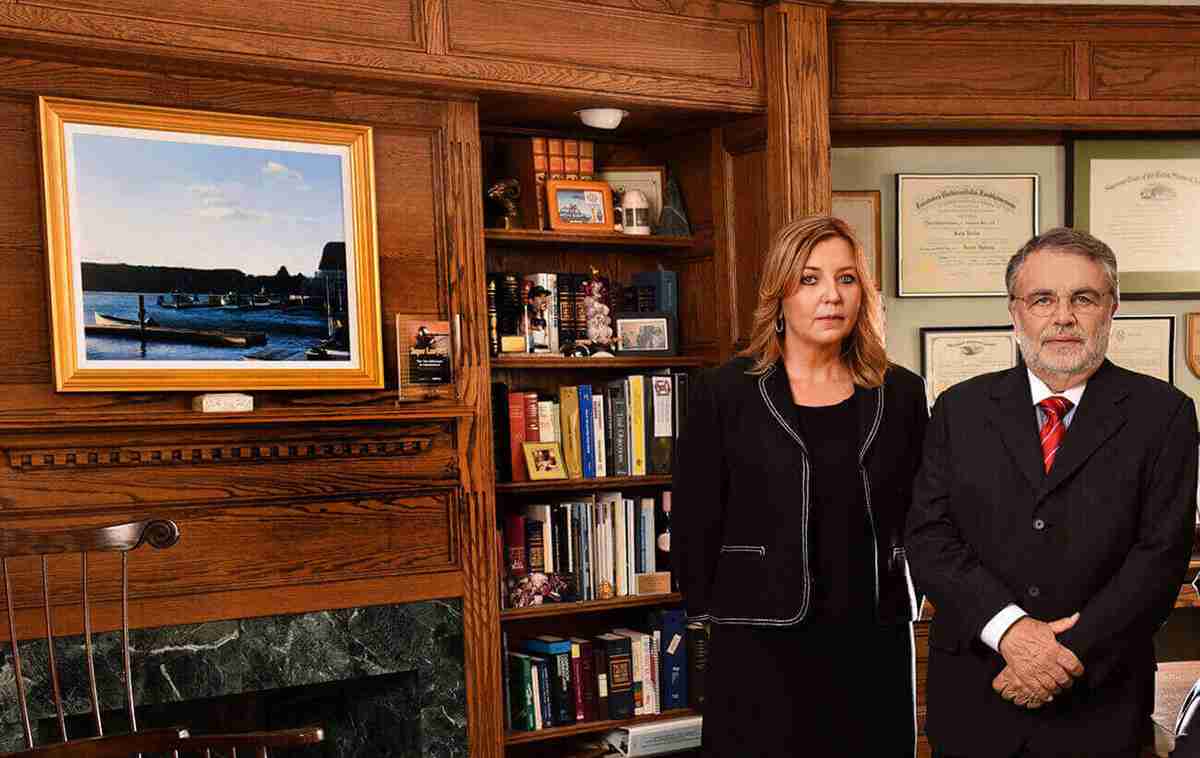Everyone wants to be sure they will be financially secure when it is time to retire. That’s why retirement plans and benefits are an important factor to consider during a Connecticut divorce. One spouse might have a more valuable retirement plan than the other, or a homemaker spouse might have no retirement savings of their own at all.
Retirement may seem like a far-off event for younger workers, but retirement funds are considered marital property when it is time to divide assets during a divorce. The judge may assign a retirement account to one spouse or the other in its entirety or may order it to be divided in some way.
How Do Judges Decide How to Divide Retirement Benefits?
Several factors play a part when a judge is deciding how to allocate retirement funds during a divorce. The judge may consider the length of marriage, earning potential, age, and education of the parties. A judge may also consider which other marital assets exist and how those are being allocated to the parties. An example might be that one spouse can keep their entire retirement package while the other spouse receives more cash or liquid investments at the time of divorce. Assets often offset each other to help parties come to an equitable settlement.
What if I was Counting On My Spouse’s Retirement Plan?
If one spouse was the primary earner and has a well-funded retirement plan but the other spouse has little or no retirement savings of his or her own, a judge has the discretion to assign a percentage of the retirement benefit to the non-employee spouse. The employee spouse is called the “participant” in the retirement plan, and the non-employee spouse is called the “alternate payee.”
Can a Settlement Give My Spouse Retirement Money I Earn After the Divorce?
No. When the divorce decree is written, it will tell how the judge wants the parties to split the retirement funds that have been earned up to the date of divorce. Figuring all of this out can be complicated, which is why many parties need a QDRO after the divorce is finalized.
What’s a QDRO?
A Qualified Domestic Relations Order, or a QDRO, is an order that details the division of the retirement plan, including when and how the spouses may collect their shares as well as how the tax liability will be allocated to each party. Most retirement plans have a “plan administrator” who works for the company which manages the retirement plan. The parties provide their divorce decree and retirement account information to an attorney who will work with the plan administrator to draft an order which lays out the details of the division of retirement benefits. The QDRO is written after the divorce is finalized, and the parties are responsible for paying the cost of getting the QDRO prepared. The cost to prepare the QDRO may be split or paid by one party, which will be detailed in the divorce decree.
The Connecticut family law attorneys at the Law Offices of Piazza, Simmons & Grant, L.L.C. can answer your questions about how divorce may affect your retirement plans. Contact us with questions about retirement and divorce. Call our office today at 203-348-2465.
1https://www.jud.ct.gov/lawlib/Notebooks/Pathfinders/EquitableDistribution.pdf

